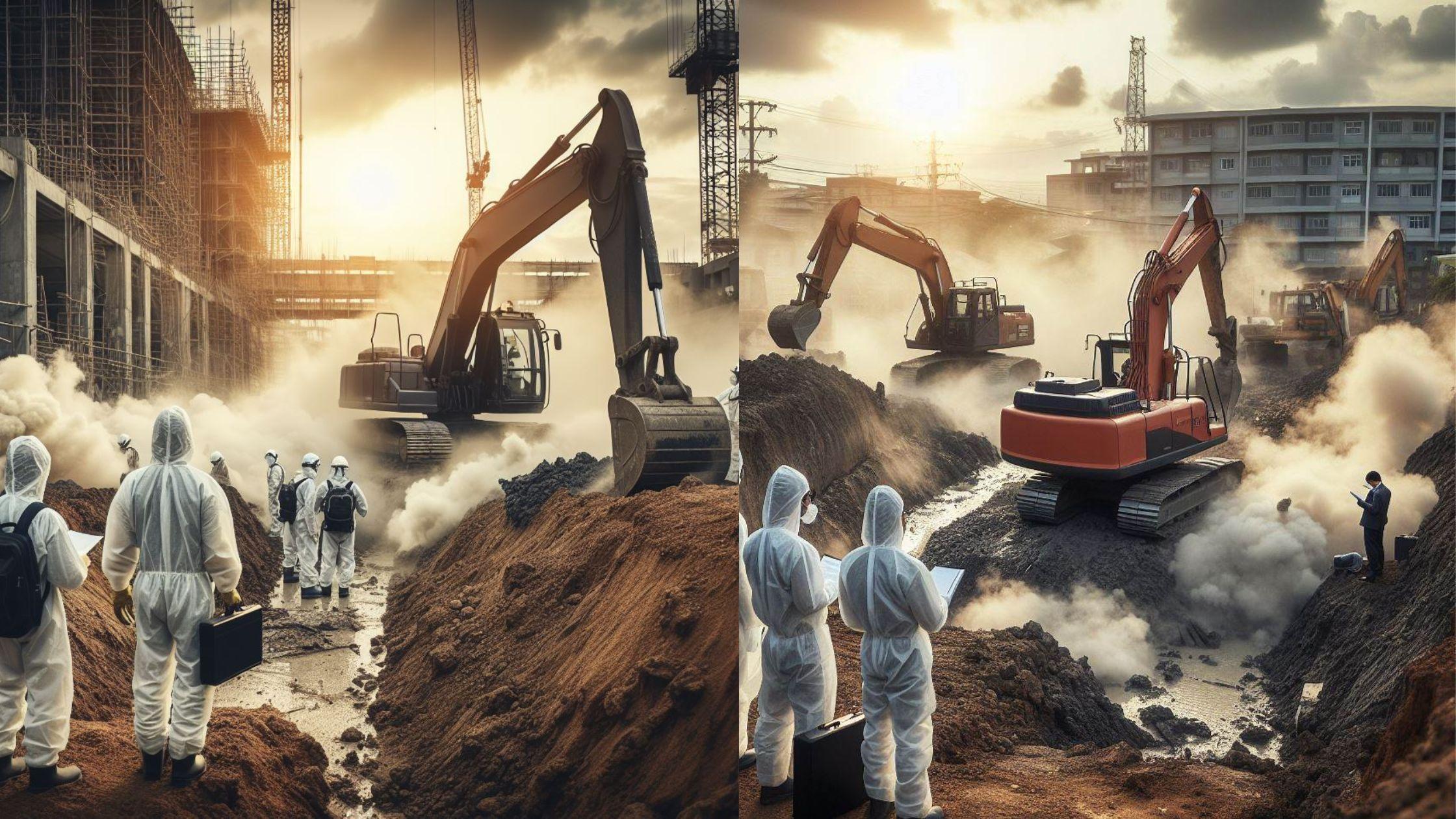JCB backhoe loader and Excavators are productive machines of construction. They handle the bulk of the shifting, digging, and heavy lifting. However, despite their importance in construction, they have the potential to damage the environment.
This article will examine how these machines affect the environment and the key environmentally friendly options that are being offered by the sector.
Concerns About The Environment
1. Air Pollution
The pollutants like nitrogen oxides (NOx), particulate matter (PM), and carbon monoxide (CO) are released into the air by diesel engines that power backhoes and excavators. Smog production, respiratory ailments, and global warming are all influenced by these pollutants.
Furthermore, particularly during dry and windy situations, dust produced during excavation and transporting materials can be a substantial source of air pollution.
2. Water Pollution
- Fuels and lubricants that are not stored or handled correctly can leak and pollute groundwater and soil.
- Building projects can discharge sediment into surrounding rivers, affecting fish and other aquatic creatures and water quality.
- Chemical releases and hydraulic fluid spills can potentially be hazardous to the environment.
3. Noise Pollution
- Operating backhoes and excavators produces a lot of noise pollution, which affects local populations and wildlife.
- Prolonged exposure to loud noise levels can harm one's hearing and increase tension and anxiety.
4. Soil Degradation
- Heavy equipment activity can compact soil, making it less suitable for supporting flora and absorbing water.
- In addition to upsetting ecosystems in their natural state, grading and excavation can cause wildlife habitat loss.
5. Usage of Resources
- Large amounts of energy, as well as materials, are needed for the manufacture, use, and upkeep of backhoes and excavators. It increases the carbon footprint and depletes natural resources.
Strategies for Mitigation
Various tactics can be employed to reduce the ecological consequences of backhoe and excavator activities:
1. Technologies for Emission Control
- Modern engines can drastically cut CO, NOx, and PM emissions thanks to sophisticated emission control technology.
- Emissions of greenhouse gasses and air pollution can be further decreased by using electric vehicles or biofuels.
2. Principles of Best Management
- Water contamination from building sites can be considerably decreased by putting into effect the best management techniques for erosion and sediment control.
- The danger of contaminating the environment can also be reduced by handling, storing, and disposing of fuels and lubricants properly.
3. Noise Removal Techniques
- Noise pollution can be reduced by utilizing technology for noise reduction and switching to quieter equipment versions.
- It's crucial to plan building projects so that neighboring communities aren't overly disturbed by noise.
4. Restoration of Soils
- Following building activities, soil health can be restored, and plant growth can be encouraged through the use of soil additives and revegetation procedures.
- Restricting excavation and grading activities to what is strictly required is another way of safeguarding soil resources.
5. Effective Use of Resources
- Consumption of fuel and resource usage can be decreased by implementing cutting-edge technologies and encouraging effective operating procedures.
- Optimizing performance and reducing environmental effects can also be achieved with quick repairs and routine maintenance.
Sustainable Alternatives
The construction sector is progressively investigating environmentally friendly substitutes for conventional backhoes and excavators.
1. Electric-powered Excavators
Diesel-powered excavators can be replaced with cleaner, quieter machines using electric power. They greatly reduce noise levels while doing away with the release of greenhouse gasses and air pollution.
2. Hybrid Excavators
Diesel engines and electric motors are combined in hybrid excavators to minimize pollutants and fuel consumption while in use.
3. Telehandlers
For some jobs, like lifting and loading products, telehandlers provide a more effective and adaptable option. In certain situations, they can greatly lessen the requirement for backhoes and excavators.
4. Robotics and Automation
With the ability to decrease environmental impact, increase safety, and eliminate the need for human interaction, automated and robotic building equipment is becoming more and more accessible.
5. Sustainable Materials
Building projects can drastically lessen their overall environmental effect by using sustainable and repurposed materials, even when excavation and earthmoving are required.
The Future of Backhoes and Excavators
Although excavators and backhoes are still necessary equipment for numerous building projects, the sector is shifting toward more environmentally friendly options. The adverse environmental impact of these devices can be greatly decreased by putting mitigation plans into place, looking into alternative technologies, and encouraging resource efficiency.
To maintain responsible development and reduce environmental harm, building enterprises must adopt sustainable practices and invest in cleaner technologies. The building sector will continue to change in the direction of a more sustainable future as laws and knowledge of environmental sustainability grow, opening the door for greener and more eco-friendly building techniques.
Conclusion
JCB excavator and related construction equipment will need to be adaptable and creative in order to survive in the future. The building sector needs to adopt environmentally friendly techniques as environmental issues and technological advancements grow in significance. This will necessitate funding for greener technology, the creation of effective operational procedures, and a dedication to resource management.
Together, producers, building firms, and legislators can guarantee that backhoes and excavators will always be essential tools for development while reducing their negative environmental effects. Unquestionably, the evolution of these heavy-duty machinery is a key step towards the sustainable future of construction.
